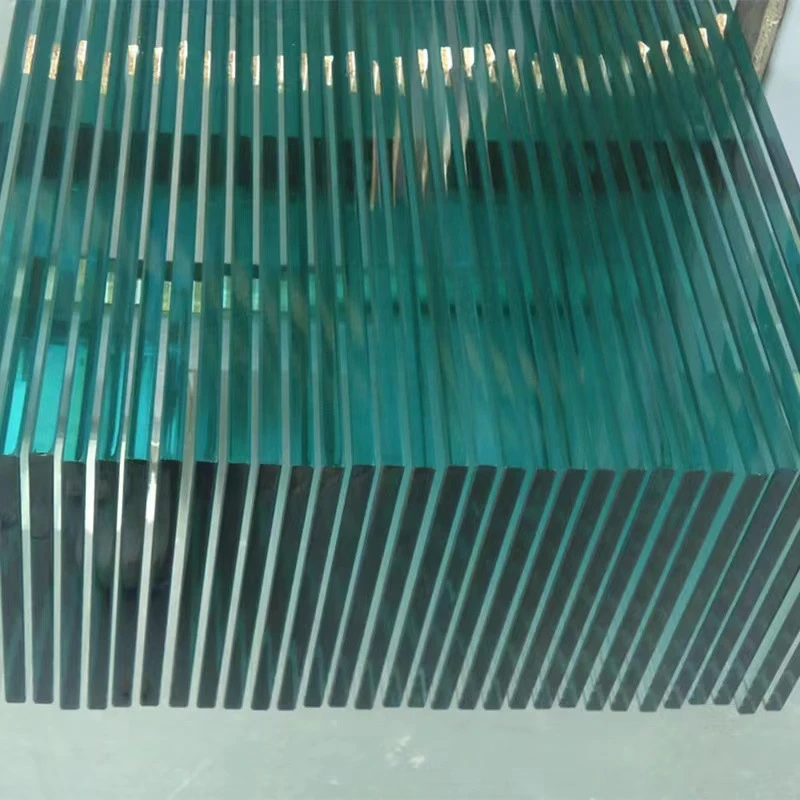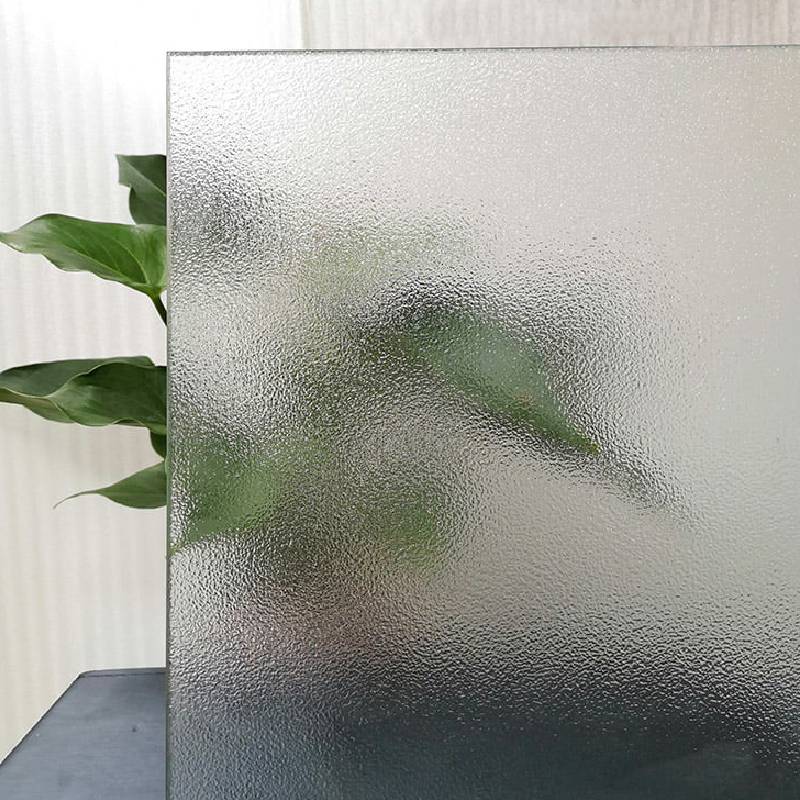Tempered glass, known for its strength and safety features, is a vital material in both industrial and residential applications. Understanding when and why to use tempered glass is essential for making informed decisions that enhance safety, durability, and functionality.

Tempered glass is up to four to five times stronger than regular annealed glass. This strength comes from the manufacturing process, where glass is heated to over 600°C and then rapidly cooled. The thermal treatment alters the nature of the glass, making it resistant to impact and temperature changes. This makes tempered glass an excellent choice for areas where safety is a priority.
Consider using tempered glass in high-traffic areas or places prone to impact, such as doors and windows in commercial buildings. The enhanced durability means that even if the glass is broken, it shatters into small, blunt pieces that are less likely to cause injury. This property is crucial in public areas or spaces frequented by children and pets, adding a layer of safety that regular glass cannot provide.

For automotive use,
tempered glass is an essential component. It is used in the side windows of most vehicles because it can withstand significant pressure and impact from external forces such as collisions and flying debris. This durability can protect passengers from injuries and contribute to the structural integrity of the vehicle.
In bathrooms, tempered glass is often used for shower doors. The combination of humidity, temperature changes, and frequent use creates a challenging environment that tempered glass can easily withstand. Its resistance to shattering ensures that even in accidents, the risk of injury is minimized, making it a preferred choice for many homeowners and interior designers.
Kitchen applications also benefit from tempered glass, particularly in the form of durable, heat-resistant panels and counter protectors. The thermal resilience of tempered glass is ideal for areas near cooktops and ovens, where ordinary glass might crack under extreme temperatures.
when to use tempered glass
Furthermore, for building facades and skyscrapers, tempered glass is often used due to its ability to withstand harsh weather conditions, including strong winds and hail. The material's strength ensures that it maintains its integrity under pressure, reducing the risk of dangerous breakages.
In furniture design, tempered glass is increasingly popular for tabletops and shelves. Its sleek appearance combined with robustness makes it suitable for homes that value aesthetics and practicality. The material’s ability to prevent surface scratches and withstand normal wear and tear ensures longevity, which is a significant factor for homeowners looking for durable investments.
Significantly, tempered glass is a prime candidate for use in environments subject to extreme temperature variations. This is evident in cold climates where glass windows must endure severe cold on the outside and warm heating on the inside. Its strength under these conditions helps maintain insulation, reducing energy costs and improving the comfort of a building’s occupants.
Installation and handling of tempered glass require expertise, as incorrect procedures can compromise its strength. It's crucial to consult professionals who have a comprehensive understanding of the material's properties to ensure correct application and long-term reliability.
In summary, tempered glass should be considered in any project where safety, durability, and resistance to both thermal and physical stresses are paramount. Leveraging the material’s inherent benefits could not only enhance safety but also offer peace of mind, knowing that the most robust and reliable solutions are in place. When making design or structural decisions, always weigh the specific needs of your environment against the unique advantages that tempered glass provides.
 Afrikaans
Afrikaans  Albanian
Albanian  Amharic
Amharic  Arabic
Arabic  Armenian
Armenian  Azerbaijani
Azerbaijani  Basque
Basque  Belarusian
Belarusian  Bengali
Bengali  Bosnian
Bosnian  Bulgarian
Bulgarian  Catalan
Catalan  Cebuano
Cebuano  Corsican
Corsican  Croatian
Croatian  Czech
Czech  Danish
Danish  Dutch
Dutch  English
English  Esperanto
Esperanto  Estonian
Estonian  Finnish
Finnish  French
French  Frisian
Frisian  Galician
Galician  Georgian
Georgian  German
German  Greek
Greek  Gujarati
Gujarati  Haitian Creole
Haitian Creole  hausa
hausa  hawaiian
hawaiian  Hebrew
Hebrew  Hindi
Hindi  Miao
Miao  Hungarian
Hungarian  Icelandic
Icelandic  igbo
igbo  Indonesian
Indonesian  irish
irish  Italian
Italian  Japanese
Japanese  Javanese
Javanese  Kannada
Kannada  kazakh
kazakh  Khmer
Khmer  Rwandese
Rwandese  Korean
Korean  Kurdish
Kurdish  Kyrgyz
Kyrgyz  Lao
Lao  Latin
Latin  Latvian
Latvian  Lithuanian
Lithuanian  Luxembourgish
Luxembourgish  Macedonian
Macedonian  Malgashi
Malgashi  Malay
Malay  Malayalam
Malayalam  Maltese
Maltese  Maori
Maori  Marathi
Marathi  Mongolian
Mongolian  Myanmar
Myanmar  Nepali
Nepali  Norwegian
Norwegian  Norwegian
Norwegian  Occitan
Occitan  Pashto
Pashto  Persian
Persian  Polish
Polish  Portuguese
Portuguese  Punjabi
Punjabi  Romanian
Romanian  Russian
Russian  Samoan
Samoan  Scottish Gaelic
Scottish Gaelic  Serbian
Serbian  Sesotho
Sesotho  Shona
Shona  Sindhi
Sindhi  Sinhala
Sinhala  Slovak
Slovak  Slovenian
Slovenian  Somali
Somali  Spanish
Spanish  Sundanese
Sundanese  Swahili
Swahili  Swedish
Swedish  Tagalog
Tagalog  Tajik
Tajik  Tamil
Tamil  Tatar
Tatar  Telugu
Telugu  Thai
Thai  Turkish
Turkish  Turkmen
Turkmen  Ukrainian
Ukrainian  Urdu
Urdu  Uighur
Uighur  Uzbek
Uzbek  Vietnamese
Vietnamese  Welsh
Welsh  Bantu
Bantu  Yiddish
Yiddish  Yoruba
Yoruba  Zulu
Zulu 


